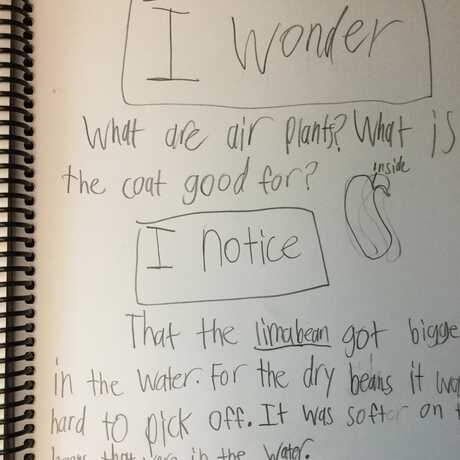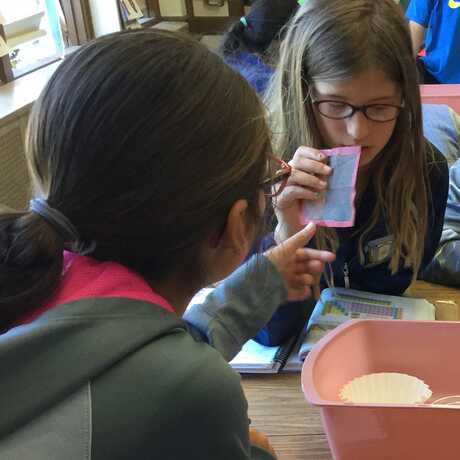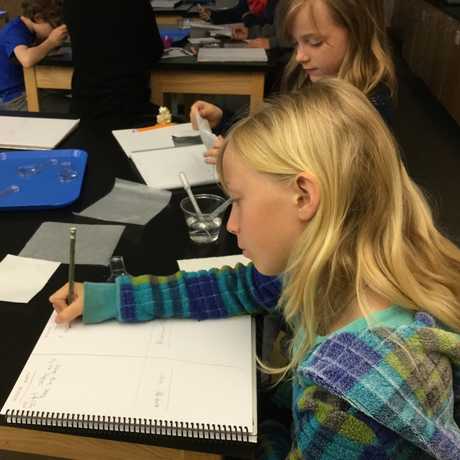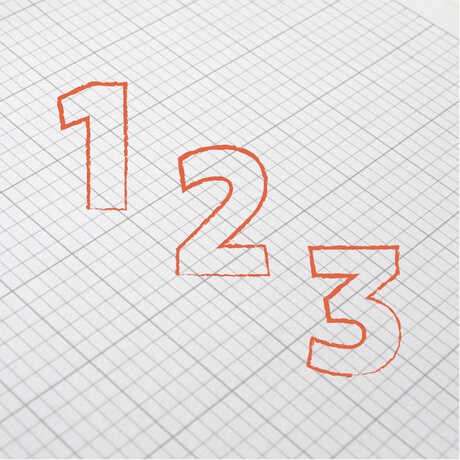

What are some strategies for allowing your students to share the content in their science notebooks?

Scientists don’t work in a vacuum. They frequently share their observations, experiments, findings and explanations with other scientists. Scientists share to communicate their own ideas, but also to receive feedback from the field. What do other scientists have to say on the same subject? What questions do other scientists have in response?
In the classroom, there are many reasons to make science notebooks public. When a student shares her work with a peer, she may recognize for the first time whether she has made her thinking clear and visible. And, when a student reviews another’s notebook page, he might learn new ways to organize and communicate his work. Surveying the entire class of notebooks enables everyone to get a sense of all the thinking in the room. With some facilitation, this sharing can be a launching point for the group to advance its collective understanding of a topic.
It’s important, however, to consider when and what to share from science notebooks. Some work in the notebooks may not have been intended for an audience. Perhaps students were working out their ideas and using notation systems that only make sense to them. When you plan a sharing an activity, it’s helpful to alert students ahead of time so that they can record their thinking with an outside audience in mind. Below are a few strategies for peer-to-peer notebook sharing.
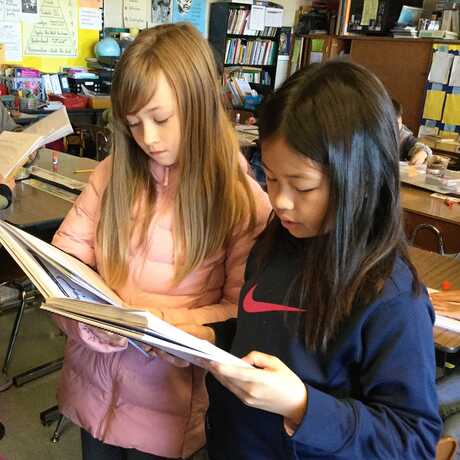
Use this strategy for in-person, 1-on-1 notebook sharing. Students stand up from their desks, holding their notebooks. Play/sing music while students mingle around the room. When the music stops, students find a partner who is near them. Students share their notebook page with their partner. Then the music starts up again and they mingle to their next partner. Depending on your objectives, you can add onto this format. For example, you could instruct students to give a specific compliment on their partner’s work, or to ask their partner a question.

Use this strategy when you want students to see all the notebooks in the room. Students open their notebooks to the page they’ve been working on, and leave them on the table. Then, all students walk around the room, perusing all the notebooks. You can give a specific instruction, depending on how you’d like the students to focus their observation. For example, if you want students to focus on data collection techniques, you could instruct students to notice all they different ways students recorded data.

Capitalize even further on the gallery walk by adding in an element of peer feedback. Students can walk around with post-it notes and write “I value….” compliments or “Another scientist might wonder...” questions that they have in response to a notebook entry. Consider using different colored post-its for compliments and questions.
Attached Files

Science Notebook Corner
Learn how notebooks can help your students think and act like scientists.
